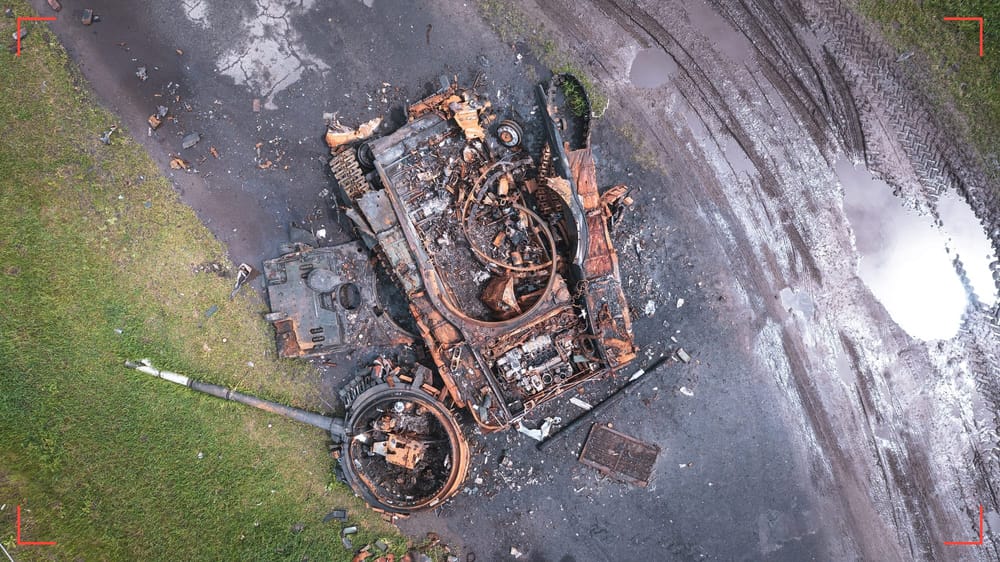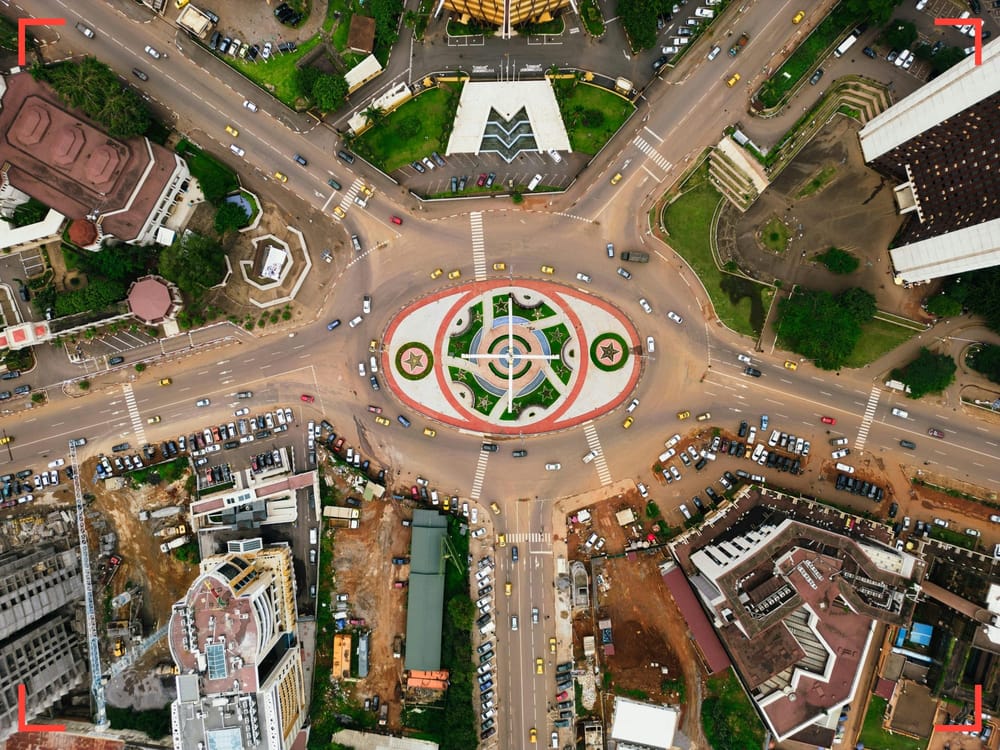
Report Details
Initial Publish Date
Last Updated: 06 JUN 2025
Report Focus Location: Guatemala
Authors: DA
Contributors: GSAT
GSAT Lead: MF
RileySENTINEL provides timely intelligence and in-depth analysis for complex environments. Our global team blends international reach with local expertise, offering unique insights to navigate challenging operations. For custom insights or urgent consultations, contact us here.
Key Findings
- Guatemala remains a central transit corridor for cocaine trafficking to Mexico and the United States, with cartels deeply entrenched in border departments.
- The arrest of Huistas leader “Chicharra” in March 2025 underscores the scale of domestic cartel operations and the enduring ties between organized crime and political actors.
- Militarized responses like Plan Cinturón de Fuego have intensified border security but failed to address structural drivers of organized crime or migration.
- Cartels are now regulating migratory flows, controlling routes, taxing smugglers, and exploiting migrants through extortion, forced labor, and drug smuggling.
- Institutional fragility—marked by corruption, impunity, and weak law enforcement—undermines anti-narcotic efforts and governance capacity in rural and border areas.
- U.S. and regional migration policy externalization is straining Guatemala’s limited reintegration capacity and increasing migrant vulnerability to cartel control.
- Criminal networks are diversifying, branching into resource extraction, land grabbing, and arms trafficking, particularly in ecologically sensitive zones like the Selva Maya.
- Local communities and NGOs face rising operational risks, including extortion, surveillance, and violence in cartel-dominated areas.
- Absent structural reforms, Guatemala’s dual crises of narcotrafficking and displacement will continue to destabilize the country and surrounding region.
Summary
This report examines the growing convergence of drug trafficking and irregular migration in Guatemala, where cartel expansion, institutional weakness, and deep socioeconomic hardship intersect to produce rising instability. Once primarily a transshipment corridor, Guatemala now hosts entrenched transnational criminal organizations (TCOs) that manage both narcotics flows and human mobility. Border departments like Huehuetenango and Petén serve as critical nodes for these dual economies, where migrants are increasingly exploited by cartels for profit and logistics.
Recent developments, including the arrest of Huistas cartel leader “Chicharra” and the deployment of Guatemalan troops to the Mexican border, highlight both the scale of the threat and the government’s limited ability to address it. With over 200,000 Guatemalans migrating only in 2023 and criminal networks exploiting gaps in enforcement, the risks to humanitarian actors, civilians, and the broader region are escalating. This SpecialREPORT provides strategic insights for clients navigating this volatile environment, including forecasts, risk assessments, and targeted recommendations.
Remaining content is for members only.
Please become a free member to unlock this article and more content.
Subscribe Now





